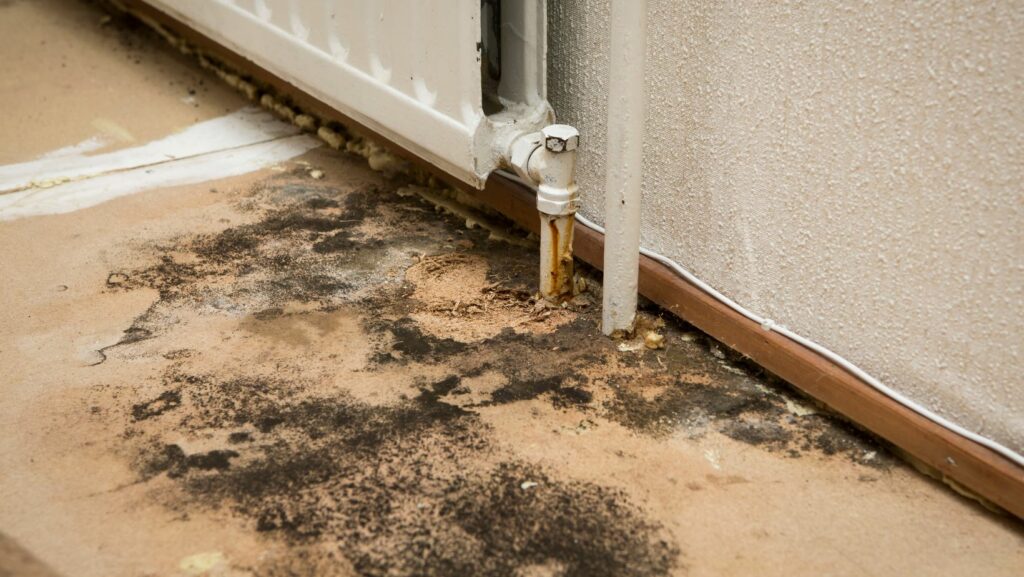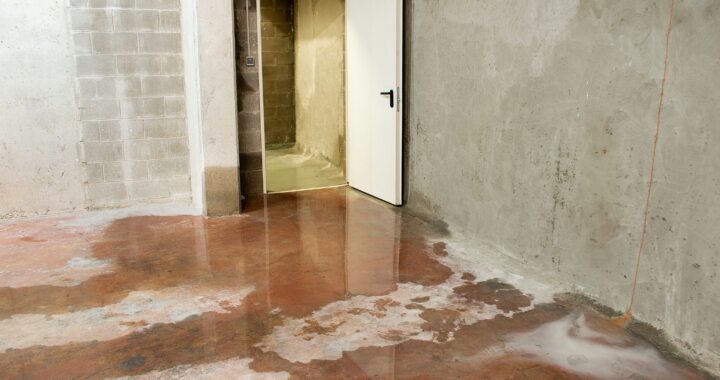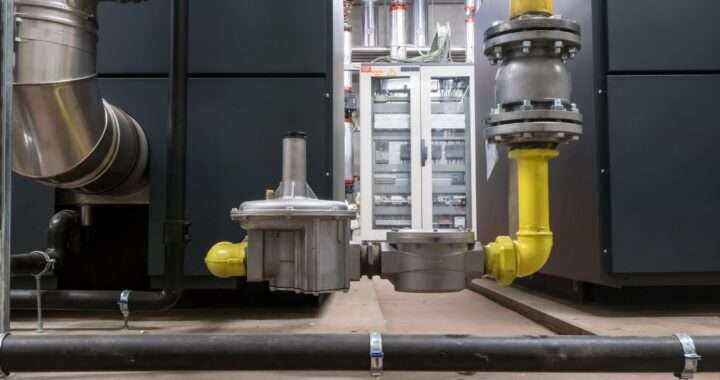How to Prevent Mold Growth in Metal Buildings: Expert Tips and Tricks

Imagine walking into your metal building one day and being greeted by the unmistakable smell of mold. It’s a scenario many don’t expect, especially in metal structures, but it happens more often than you might think. Preventing mold growth in metal buildings is crucial not only for maintaining the building’s structural integrity but also for protecting the health of those who use it. Let’s explore expert tips and tricks to keep mold at bay, ensuring your metal building stays dry and safe.
Understanding the Basics: Why Mold Grows in Metal Buildings
Mold needs three main things to grow: moisture, warmth, and a food source. While metal itself isn’t a food source for mold, the moisture that often builds up inside metal buildings can create the perfect environment for mold to thrive.
One of the biggest culprits is humidity. Metal buildings, especially those without proper insulation or ventilation, can trap moisture, leading to high humidity levels. When the warm air inside the building meets the cool metal surfaces, condensation forms. This moisture can then seep into any porous materials inside the building, such as wood, insulation, or even dust, providing mold with exactly what it needs to grow.
Temperature fluctuations also play a significant role. Metal buildings often experience rapid temperature changes, especially in climates with extreme seasonal differences. These fluctuations can lead to condensation, which, if not managed properly, can result in persistent mold issues. This is why more property owners are investing in high-grade metal building insulation materials.
Conducting Regular Inspections
The best way to prevent mold is to catch any potential issues before they become serious problems. Regular inspections of your metal building are essential. Think of these inspections as a first line of defense against mold.
During these routine checks, you should look for signs of moisture or condensation on walls, ceilings, and around windows. Pay attention to any musty odors, as these can be early indicators of hidden mold. Don’t forget to inspect less obvious areas, such as behind insulation, under flooring, and in any storage spaces where moisture might accumulate.
How often should you conduct these inspections? It depends on your location and the building’s use. In humid climates, or if the building is frequently used, monthly inspections might be necessary. In drier, less frequently used spaces, quarterly checks may suffice. The key is consistency—regular monitoring will help you spot issues early.
Ensuring Proper Ventilation
Good ventilation is one of the most effective ways to prevent mold growth. Proper airflow reduces humidity levels, making it harder for mold to take hold.
There are several ways to improve ventilation in a metal building. Installing exhaust fans can help remove moist air, especially in areas like bathrooms, kitchens, or anywhere steam is generated. Roof vents are another excellent option, allowing hot, moist air to escape from the building’s upper levels. Air circulation systems can also be beneficial, ensuring that air is continuously moving throughout the space, which helps keep humidity levels in check.
The type of ventilation you need may vary depending on your building’s location and use. For example, a metal building in a cold, snowy climate might benefit from additional roof vents to combat condensation from melting snow, while a building in a hot, humid climate might require powerful exhaust fans to handle the moisture in the air.
Implementing Effective Insulation
Insulation plays a critical role in preventing condensation, and by extension, mold. When properly installed, insulation can help maintain a consistent temperature inside the building, reducing the risk of condensation forming on cool metal surfaces.
Not all insulation materials are created equal, especially when it comes to metal buildings. It’s important to choose insulation that’s designed to handle moisture. Spray foam insulation, for instance, is a popular choice for metal buildings because it provides a seamless barrier that helps prevent moisture from penetrating the walls.
Proper installation is just as important as choosing the right material. Insulation that isn’t installed correctly can leave gaps where moisture can seep in, leading to mold growth behind the walls where it’s harder to detect and remove. Hiring a professional to install the insulation ensures it’s done right, giving you peace of mind that your building is protected.
How to Know If There is Mold Present in Your Metal Building
Before you rush into installing insulation, you need to ensure your metal building is ready. In particular, you want to ensure that the surfaces are clean for insulation. The last thing you want is to leave mold there, which is going to affect the quality of the air, the durability of the insulation and the safety of the building.
So, how do you know if there is mold on your metal building? There are a few ways to make sure you spot any that exist. Let’s take a closer look.
You Can See It
Know that mold can be visible to the eye. In particular, you’ll see an accumulation of black or green spots on the metal building, and this can also been seen in white. It’s going to be around areas where there’s moisture. It’s best not to touch the mold and instead, spend some time cleaning the area before installing insulation. You’ll want to use a special mold spray that works with metal.
You Can Smell It
Did you know that mold often has a smell? In particular, you might find that there’s a musty odor in your metal building. This isn’t something that’s normal, and you should ignore it. Instead, it’s a sign that indicates you can have mold growing inside your building. This can lead to health hazards for those that are inside. Therefore, don’t cover up the odor and try to mask it. It’s going to remain as long as there’s mold present.
You Can Predict It
Many people think that if they can’t see mold right now, it’s not going to be a problem. However, during the winter, if you see that there’s a lot of condensation and moisture, it’s likely that mold will follow. This type of humid environment where there’s moisture is exactly the space that mold will like to grow. Therefore, you have to be on guard and ready to get rid of it. What’s more, you’ll want to take action to ensure it doesn’t return. This can include having more ventilation and installing insulation.
Conclusion
Preventing mold in metal buildings requires a combination of proactive strategies and regular maintenance. By understanding the factors that contribute to mold growth and taking steps to manage moisture, ventilation, and insulation, you can protect your building from the hidden dangers of mold. Remember, the key is to act before mold becomes a problem—because when it comes to mold, prevention is always easier and less costly than remediation.



 The Link Between Water Damage and Mold Growth
The Link Between Water Damage and Mold Growth  Innovations in Shut-Off Valve Technology: What’s New?
Innovations in Shut-Off Valve Technology: What’s New?  How to Make a Stylish Gaming Area at Home in 2025
How to Make a Stylish Gaming Area at Home in 2025